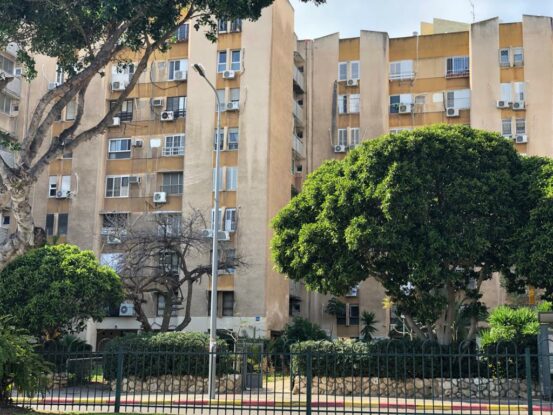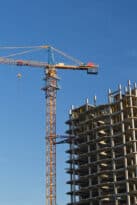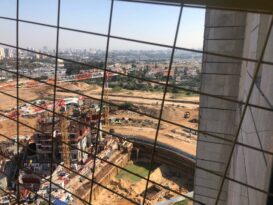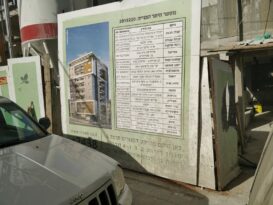The national Tama 38 plan promised large-scale reinforcement that would ensure that all of Israel’s old buildings met earthquake resistance standards. In practice, however, the plan has been implemented for only several thousand out of 150,000 buildings in need of reinforcement, and none of these were in the country’s peripheral regions, despite the fact that some of them are at the highest risk of harm from earthquakes. Due to the failure of the plan, the State announced that it would expire in October 2022, but has not yet decided on an alternative. Read the third part in our series on Urban Renewal in Israel.
Almost 16 years have passed since the government approved one of Israel’s most ambitious plans – Tama 38, intended to protect homes in Israel from a severe earthquake expected to hit the country in the coming years. The national master plan aimed to reinforce 150,000 apartment buildings constructed before 1980 that do not meet the current standards for protection against earthquakes. So far, only a few thousands of buildings have been reinforced, and more than a decade and a half after its approval, all parties involved agree that the plan has failed. Two years ago, the Director-General of Israel’s Planning Administration, Dalit Zilber, admitted that the national plan did not meet its goals and set a date for its expiration – October 2022.
The logic behind Tama 38 was to increase the building rights in all old buildings that meet the criteria. That way, the developer carrying out the reinforcement project would also be able to add new apartments to the now protected building. The sale of these new units would finance the construction, while simultaneously adding other benefits for the current tenants, such as renovating the lobby, putting in an elevator and balcony, enlarging existing apartments, and building a security room (Mamad) – a reinforced space for protection from missiles and earthquakes that is required in all new construction in Israel.
Over the last 16 years, the plan was amended several times to make it more attractive and increase its implementation. Along with the original goals of strengthening building foundations and expansion, a track was added that allowed for the complete demolition and reconstruction of old buildings. In order to sweeten the deal, all tracks are exempt from the land improvement levy, known as Hetel Hashbacha.
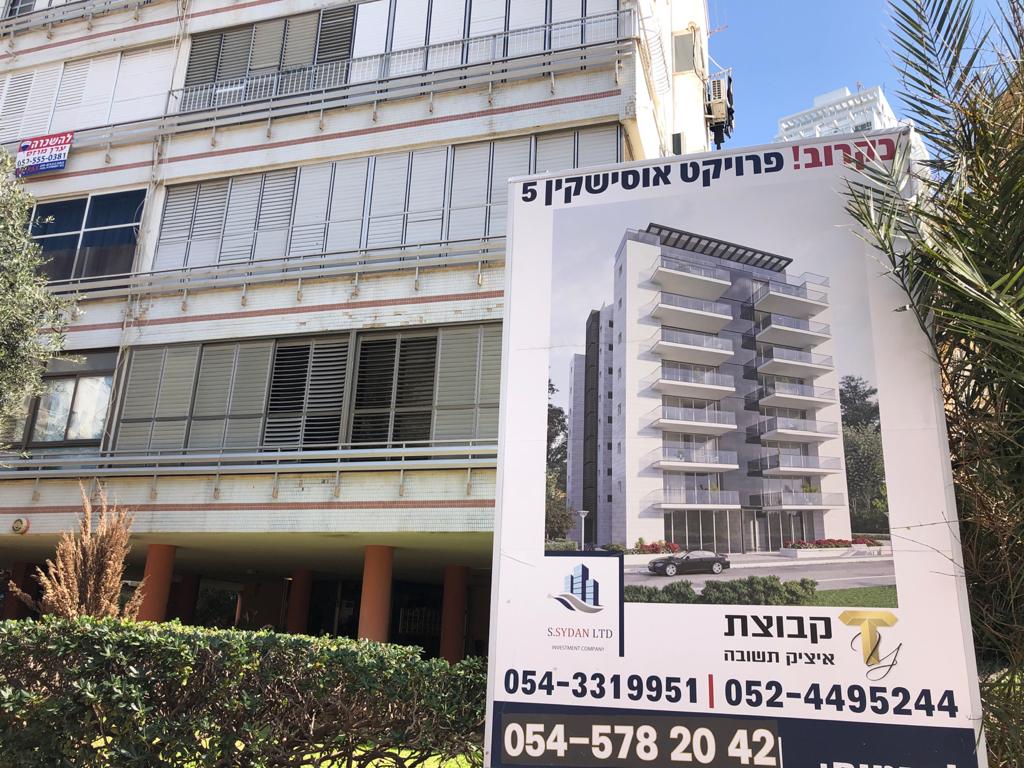
The plan was set up to be a win-win for all parties: the existing tenants gain protection from earthquakes and the general upgrade of the property; the developer profits; and the State gains increased protection for its residents without paying a shekel out of pocket!
The plan was mainly implemented based on potential for economic profit, rather than need for protection
But, of course, things are far from simple. In practice, the economic rationale behind the plan is also what led to its failure. Because a building’s ability to protect itself depends on the value of the land, the vast majority of the places in which the plan was implemented were the expensive areas of Gush Dan, including Tel Aviv and the surrounding cities. In the periphery, however, Tama 38 was not carried out at all, since it was not financially worthwhile for developers based on the real estate value in these remote areas.
Israel is situated along the Jordan Rift Valley, a tear in the earth’s crust that runs from the Gulf of Eilat in the south through the Dead Sea, Jordan Valley, Sea of Galilee, and Hula Valley, all the way up to Lebanon. According to geologists, the area in Israel with the highest risk of being hit by an earthquake in the future is not the center of the country, but rather the remote cities near this rift, such as Eilat, Tiberias, Safed, and Beit She’an. Unfortunately, Tama 38 was not implemented in any of these places.
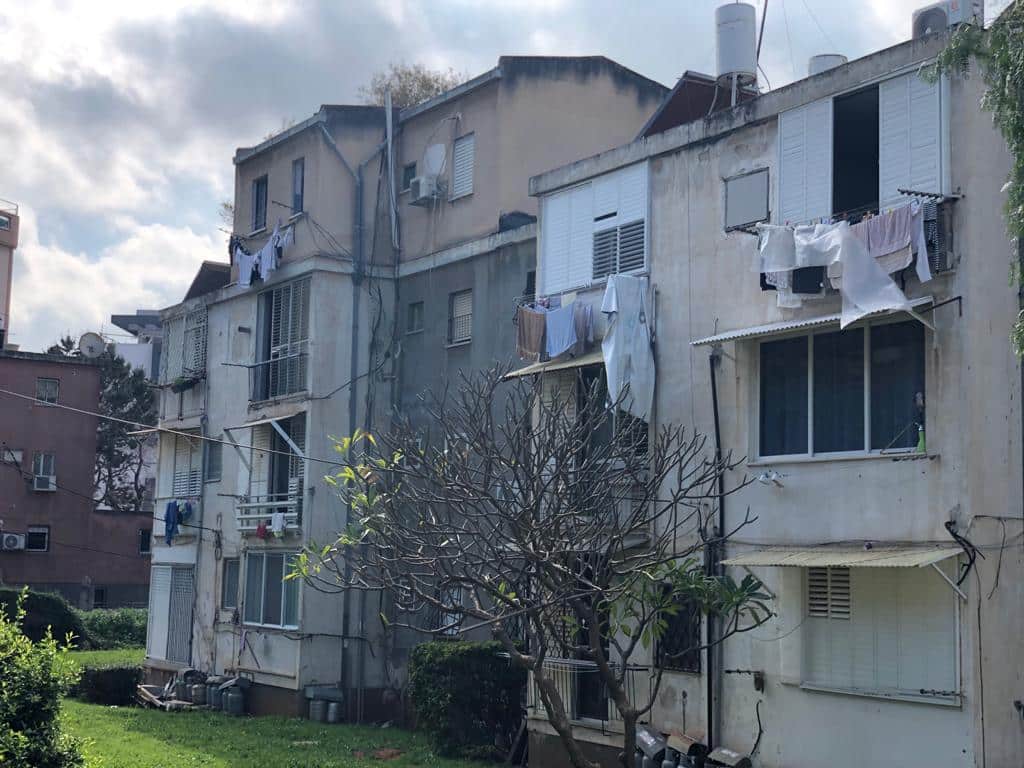
The fact that the plan has not been executed in the periphery has been known for some time already. Since 2015, the government has been announcing various plans to subsidize reinforcement of buildings in these areas, but so far it’s all talk, with no real action happening on the ground. The most notable example is a grandiose plan to protect the entire northern region from both missiles and earthquakes. Approved by the government in 2018, the NIS 5 billion plan was supposed to be implemented between 2019 and 2030. However, at a meeting of the Knesset State Audit Committee in August 2020, it became clear that out of the NIS 5 billion budgeted for the plan, only NIS 7 million was ultimately allocated for the northern region.
Political instability presents an obstacle to coming up with a replacement plan
Despite the total failure of Tama 38, the chaos of Israel’s political system over the last two years has made it difficult to formulate a proper replacement plan. Two years ago, Zilber announced that the current plan would officially expire in October 2022 and that the Planning Administration had begun drawing up a new law that would become the main tool for increasing earthquake protection. Since then, however, there have been almost no days where the Knesset has functioned properly.
The legal memorandum for the replacement plan was publicized for public comment at the end of November 2020 by the Ministry of Justice, but the Knesset was disbanded just one month later. It is already clear that there won’t be any progress in pushing forward the alternative plan until at least May, and most experts doubt that a new plan will be approved by the expiration date, a year and half later.
Israelis should hope and pray that a serious earthquake does not hit the area in the next few years. With the current level of protection, such an event could have disastrous and fatal consequences for tens of thousands of buildings across the country – and their residents.
